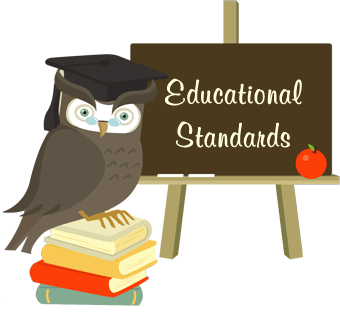
M5U1A3 Understanding and Applying Standards: My thoughts on Unit 1.
Learning about standards this past week has probably been the most difficult unit for me thus far. I am still trying to "wrap my head around it." Growing up and attending school in the western world versus teaching in the eastern world sometimes complicates my outlook on the lessons that we are studying in Teach-Now. In my head, I have all of these ideas on the kind of teacher that I aspire to be. However, when I sit down and watch the unit's videos and read the lesson material, I wonder If I am "worthy" of being a teacher. Sometimes, I struggle when it comes to relating the material to my Korean ESL classroom. Perhaps, it's "cold feet" on my part? I constantly question if I am a good teacher to my students and if I am "bringing something to the table" to enrich my students lives? This week brought these questions back to the surface. I believe that I will need to "read up" on this week's lessons again. I will try my best to assess what I've learned. This week I learned that backwards mapping is starting with the end desired result and creating lessons from there. That is where I am confused! I thought that teachers already did when creating unit lessons. When I sit down and plan, I always ask myself "what are the main things that I want my students to learn?" From there, I create a mind map and plan accordingly. I assumed everyone planned with the end result in mind. However, when I read this weeks reading, this was defined as backwards mapping.

As indicated above, backwards Mapping is what sticks out the most to me this past week. Backwards mapping is when teachers lesson plan with the "end in mind." According to Edutopia article “Common Core Big Idea 4: Map Backward from Intended Results," his strategy was introduced more than sixty five years ago by Ralph Tyler (McTighe, 2012). We are approaching the middle of the school year with finals in two weeks. The school year resumes mid-August with lesson 7. Starting with lesson 7, I will attempt backwards mapping in my lesson planning by using the following template:
 |
| From Understanding by Design (McTighe) |
My final thoughts and feelings.
As a teacher only in my second year of teaching, I am still "perfecting" my lesson planning. I constantly "tweak" how I lesson plan. Usually, I plan my lessons about a month in advance according to where we are in the text book (so usually pretty straight forward). However, I think backwards mapping is a technique that I will try with my lesson planning. To sum up how I feel this week: |
| How I feel after this week's unit 1 in module 5! |
No comments:
Post a Comment